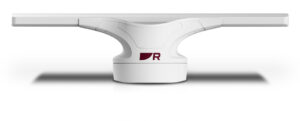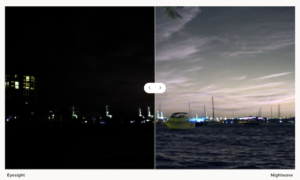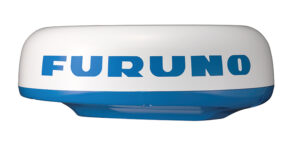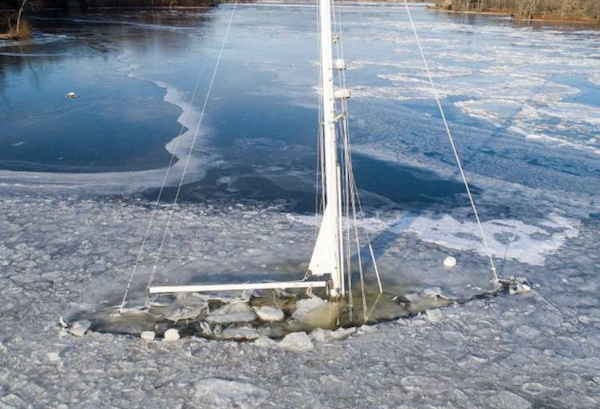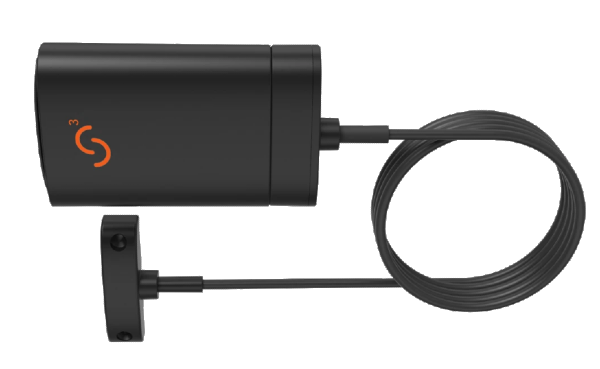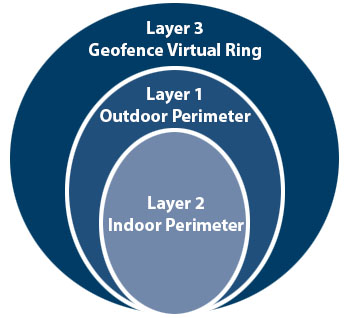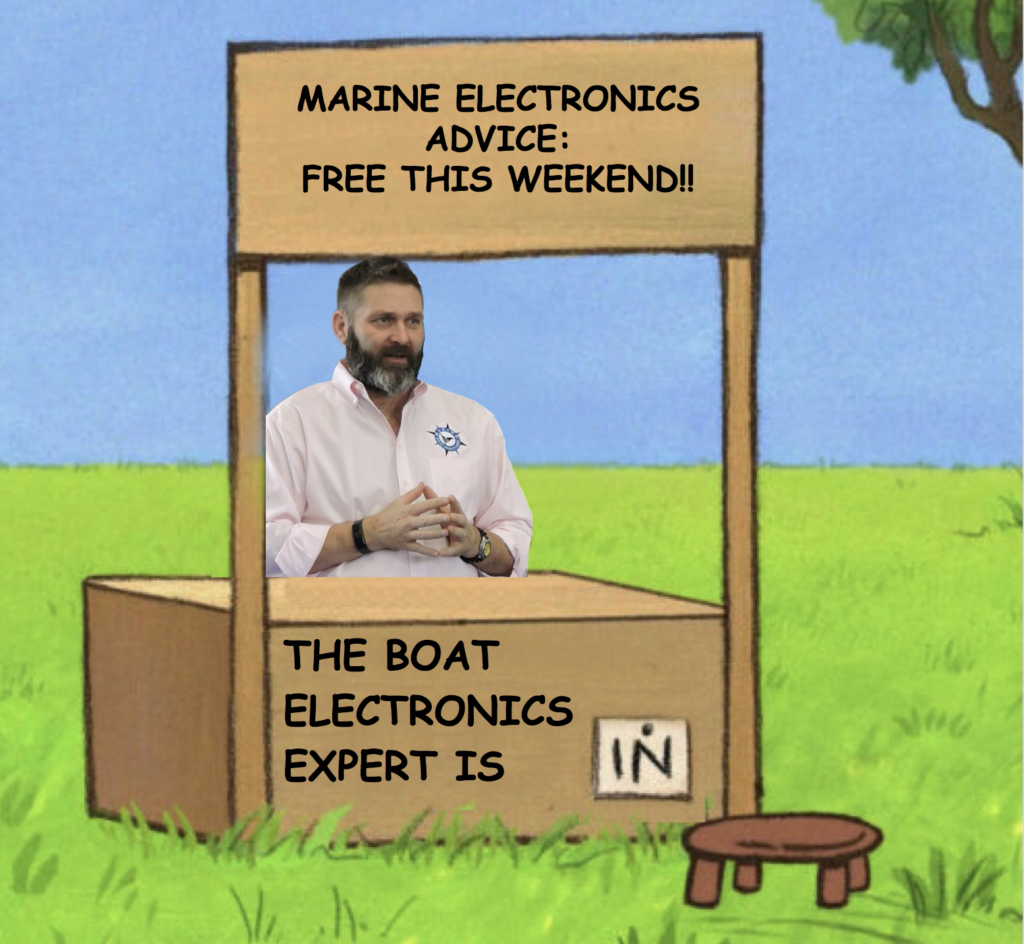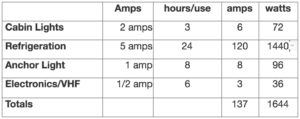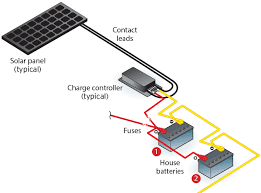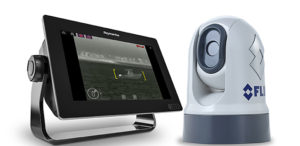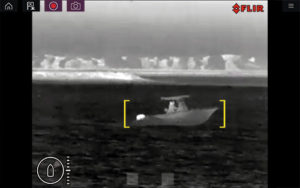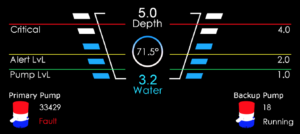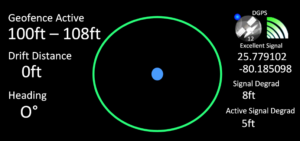While most boaters daydream of throwing off the dock lines and escaping from the hustle-bustle of their daily lives for a day, a week, or a year, the fact remains that connectivity in the form of convenient, reliable high-performance marine broadband solutions is as important as any other system on a boat these days.

Robust internet connectivity is central to many of life’s leisure, productivity and remote work activities these days and this extends over to the time boat owners spend on their vessels, whether in the marina, on the hook or while making passages. Boat internet connectivity solutions offered heretofore involved satellites, amplification of cellular signals, or marina wifi and each of these, whether it’s cost, bandwidth, or competing users, can have drawbacks.
In response to this, Marine Special Products Group has developed strategic partnerships with three mobile broadband industry leaders to create solutions that offer reliable cellular connectivity services to satisfy the needs of even the most data-hungry boat owners. So whether you are working remotely on your boat, have a Gamer Grandchild to keep entertained, or just want to stream Captain Ron without any buffering, you should consider a marine mobile broadband solution from MSPG.
The key elements of our marine internet connectivity offering include:
- Pepwave Max BR1 – an industrial-grade router including a compact MIMO antenna, this component creates a high-speed 4G hotspot to satisfy the data needs of any device onboard.
- InHand Network 5G InRouter600 – especially for remote workers needing ethernet connections and VPN security, this series of high-speed 4G and 5G LTE cloud-managed edge routers deliver fast and secure connectivity for enterprise-class marine internet access.
- Poynting Antennas – designed specifically for marine and coastal applications, these antennas cover the range of LTE and 5G reception at sea, as well as functionality to provide dual-band Wi-Fi distribution while in the marina or underway.
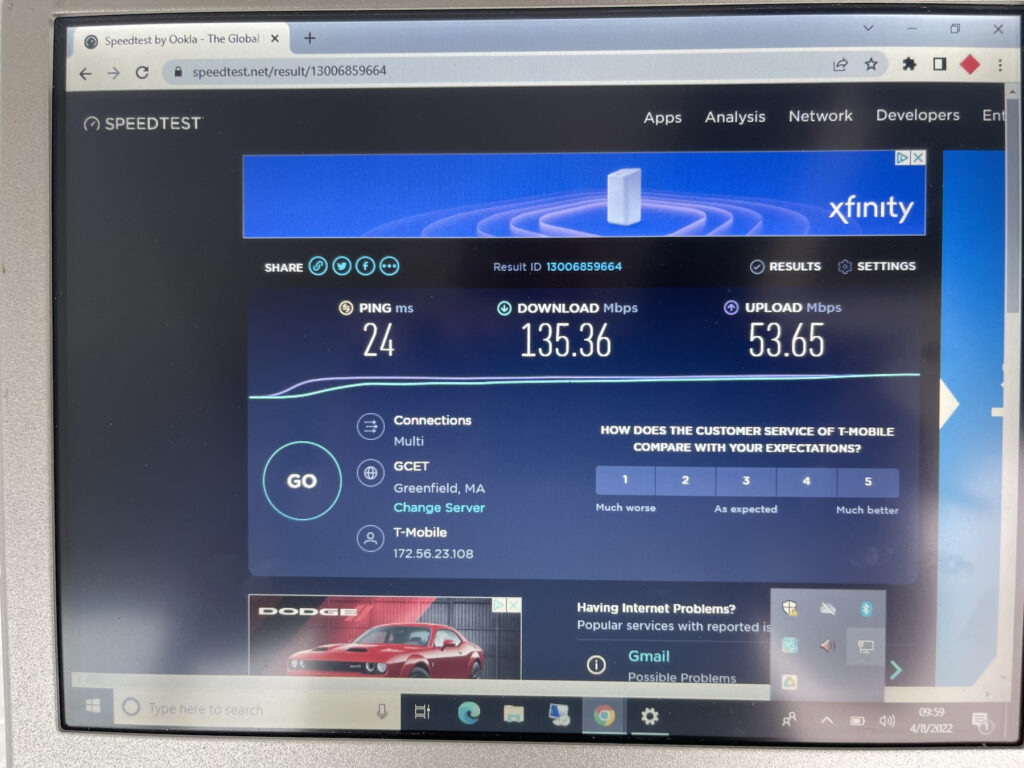
A real-world speed test using an InHand ER805 Cellular Router on a vessel moored on the Connecticut River near Portland, CT.
In addition to specifying and installing solutions created with these components, we also provide systems administrator services, including remote system administration. Should you have an issue and need help post-installation, we may be able to address it without needing to come to your vessel – regardless of where it lays.
If you are interested in learning more about vessel internet connectivity solutions or would like to book us for a consult, please contact DG Fitton. DG would be happy to talk about upgrading your current mobile broadband system or specifying a new remote internet connectivity solution for your vessel.

